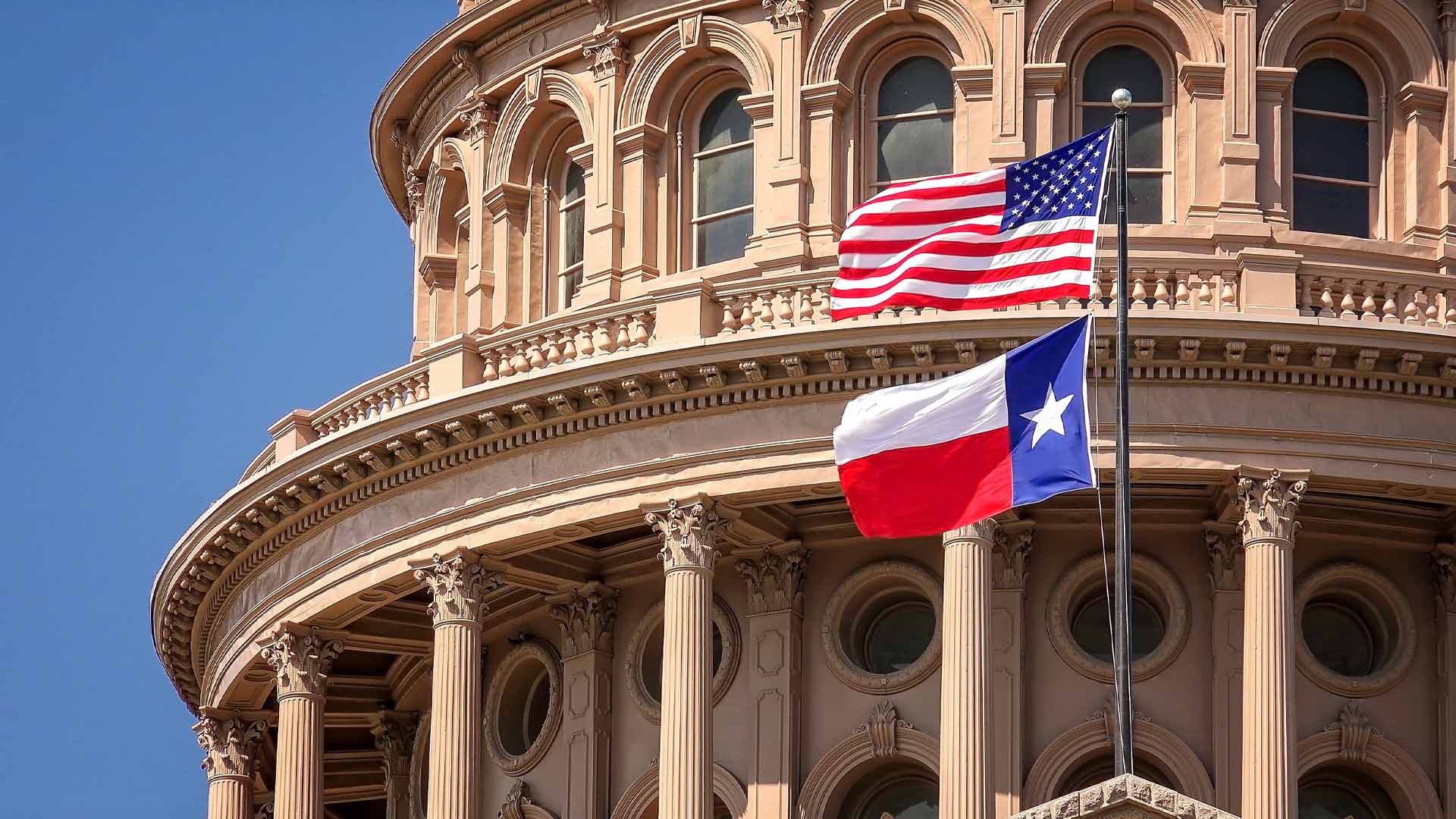The Capitals of Texas: Tracing the Evolution of Texas Through Its Historic Capitals
San Felipe de Austin
- (1824–1836)
- Gulf Coast Region
- San Felipe de Austin served as the administrative heartbeat of Stephen F. Austin’s colony. Established in 1824, this capital was a central point for the fledgling Texan governance, flourishing until the Texas Revolution upheavals in 1836. Here, Austin orchestrated the migration and settlement strategies that laid the foundation for Texan independence.
Washington-on-the-Brazos
- (March 1, 1836 – March 17, 1836)
- Gulf Coast Region
- For a fleeting moment in 1836, Washington-on-the-Brazos emerged as Texas’ capital. During its brief tenure, it hosted the Convention of 1836, where the Texas Declaration of Independence was drafted and signed, marking a critical juncture in Texan and American history.
Harrisburg
- (March 22, 1836 – April 16, 1836)
- South Texas Plains
- As the capital, Harrisburg was short-lived but significant. In April 1836, it was seized and destroyed by General Antonio López de Santa Anna’s forces, a pivotal event that underscored the volatility and violence of the Texas Revolution.
Galveston
- (April 17, 1836 – May 1836)
- Gulf Coast Region
- Following the devastation of Harrisburg, Galveston briefly assumed the role of Texas’ capital. This island city became a refuge for Texan leaders during the tumultuous Runaway Scrape, highlighting its strategic importance during times of crisis.
Velasco (merged with Freeport in 1957)
- (May 1836 – October 1836)
- Gulf Coast Region
- After the victory at San Jacinto, Velasco served as the capital where the Treaties of Velasco were signed, ending hostilities and securing Texan independence. This period was crucial for establishing the sovereignty of the new Republic of Texas.
- Merged with Freeport in 1957
Columbia
- (October 1836 – December 1836)
- Gulf Coast Region
- Columbia, also known as West Columbia, was the first official capital of the Republic of Texas. Its establishment marked a move towards a more structured and organized government during the early days of the Republic.
Houston
- (December 1836 – 1839; 1842–1845)
- Gulf Coast Region
- Houston’s periods as capital were marked by its development and Sam Houston’s influence. Its selection was strategic, aiming to foster growth and stability in the new Republic before and after the temporary shift to Austin.
Austin
- (1839 – present, with interruptions)
- Hill Country Region
- Austin was chosen for its strategic location and has remained the capital since 1839, barring a brief relocation during 1842 due to security concerns. It embodies the enduring spirit and resilience of Texas governance.
Washington-on-the-Brazos
- (March 1842 – September 1842)
- Gulf Coast Region
- In 1842, amidst fears of another Mexican invasion, the capital was briefly moved back to Washington-on-the-Brazos. This relocation reflects the ongoing threats and challenges faced by the young Texan Republic.
The journey through the various capitals of Texas is not just a tale of geographical shifts but a saga of resilience, strategic decisions, and profound leadership. Each capital, from San Felipe de Austin to modern-day Austin, has played a pivotal role in the stabilization and governance of Texas, embodying the state’s rich history and indomitable spirit.
The Capitals of Texas: Tracing the Evolution of Texas Through Its Historic Capitals
Stephen F. Austin, known as the “Father of Texas,” played a pivotal role in shaping the early political and geographical landscape of Texas. His efforts in establishing multiple capitals throughout the region not only highlight his significant influence but also illustrate the turbulent path Texas took towards statehood and stability.
San Felipe de Austin (1824–1836)
San Felipe de Austin served as the administrative heartbeat of Stephen F. Austin’s colony. Established in 1824, this capital was a central point for the fledgling Texan governance, flourishing until the Texas Revolution upheavals in 1836. Here, Austin orchestrated the migration and settlement strategies that laid the foundation for Texan independence.
Washington-on-the-Brazos (March 1, 1836 – March 17, 1836)
For a fleeting moment in 1836, Washington-on-the-Brazos emerged as Texas’ capital. During its brief tenure, it hosted the Convention of 1836, where the Texas Declaration of Independence was drafted and signed, marking a critical juncture in Texan and American history.
Harrisburg (March 22, 1836 – April 16, 1836)
As the capital, Harrisburg was short-lived but significant. In April 1836, it was seized and destroyed by General Antonio López de Santa Anna’s forces, a pivotal event that underscored the volatility and violence of the Texas Revolution.
Galveston (April 17, 1836 – May 1836)
Following the devastation of Harrisburg, Galveston briefly assumed the role of Texas’ capital. This island city became a refuge for Texan leaders during the tumultuous Runaway Scrape, highlighting its strategic importance during times of crisis.
Velasco (May 1836 – October 1836)
After the victory at San Jacinto, Velasco served as the capital where the Treaties of Velasco were signed, ending hostilities and securing Texan independence. This period was crucial for establishing the sovereignty of the new Republic of Texas.
Columbia (October 1836 – December 1836)
Columbia, also known as West Columbia, was the first official capital of the Republic of Texas. Its establishment marked a move towards a more structured and organized government during the early days of the Republic.
Houston (December 1836 – 1839; 1842–1845)
Houston’s periods as capital were marked by its development and Sam Houston’s influence. Its selection was strategic, aiming to foster growth and stability in the new Republic before and after the temporary shift to Austin.
Austin (1839 – present, with interruptions)
Austin was chosen for its strategic location and has remained the capital since 1839, barring a brief relocation during 1842 due to security concerns. It embodies the enduring spirit and resilience of Texas governance.
Washington-on-the-Brazos (March 1842 – September 1842)
In 1842, amidst fears of another Mexican invasion, the capital was briefly moved back to Washington-on-the-Brazos. This relocation reflects the ongoing threats and challenges faced by the young Texan Republic.
The journey through the various capitals of Texas is not just a tale of geographical shifts but a saga of resilience, strategic decisions, and profound leadership. Each capital, from San Felipe de Austin to modern-day Austin, has played a pivotal role in the stabilization and governance of Texas, embodying the state’s rich history and indomitable spirit.





